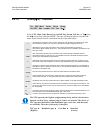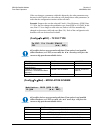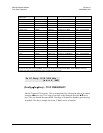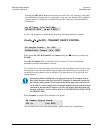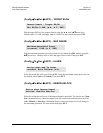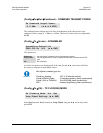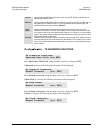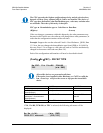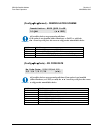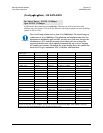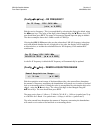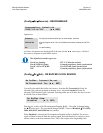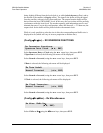
CDM-Qx Satellite Modem Revision 5
Front Panel Operation MN/CDMQx.IOM
5–23
Internal
indicates that the CDM-QX will supply a clock to the DTE, which is derived from its
internal high-stability source.
External
indicates that the CDM-QX expects to receive a clock from the DTE, to which the unit
can phase-lock its internal circuits. (If G.703 is selected as the Interface type, the
software will force the clock mode to External.)
Loop-
Timed
indicates that the transmit timing source should be the receive clock, from the
direction of the satellite. This is a useful mode, in that no external connection needs
to be made in this mode. If the demodulator loses lock, or if there is no receive signal
present, the internal clock is substituted. Note also that this mode will work even with
asymmetric Rx and Tx data rates.
ExtLoop
Indicates that the CDM-Qx expects to receive a clock from the DTE, which is derived
from the received clock from the direction of the satellite. This is useful in CnC mode
with G.703 interface wherein the remote station is relying on a centralized clock from
the hub station.
(ConfigTxInv) – TX INVERSION FUNCTIONS
Select Spectrum or Data Clock, using the ◄ ► arrow keys, then press ENT.
If Spectrum is selected, the following sub-menu will be displayed:
Select Normal or Inverted, using the ◄ ► arrow keys, then press ENT.
If Data Clock is selected, the following sub-menu will be displayed:
Select Normal or Inverted, using the ◄ ► arrow keys, then press ENT.
If Clock is selected, the following sub-menu will be displayed:
Tx Inversion functions:
Spectrum Data Clock (◄ ►,ENT)
Tx Spectral Inversion:
Normal Inverted (◄ ►, ENT)
Tx Data Sense:
Normal Inverted (◄ ►, ENT)
Tx Clock Inversion:
Normal Inverted (◄ ►, ENT)



